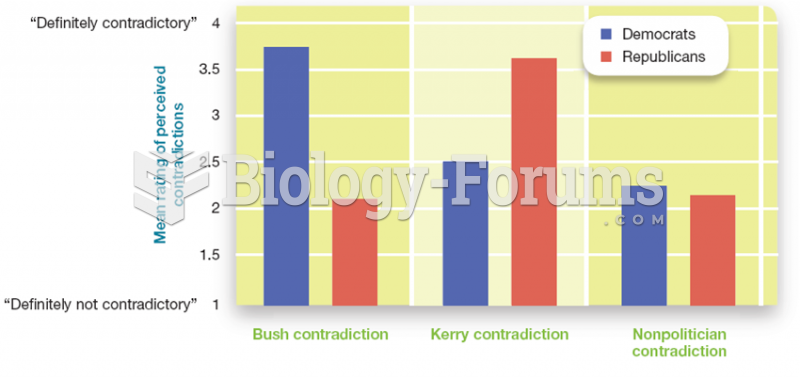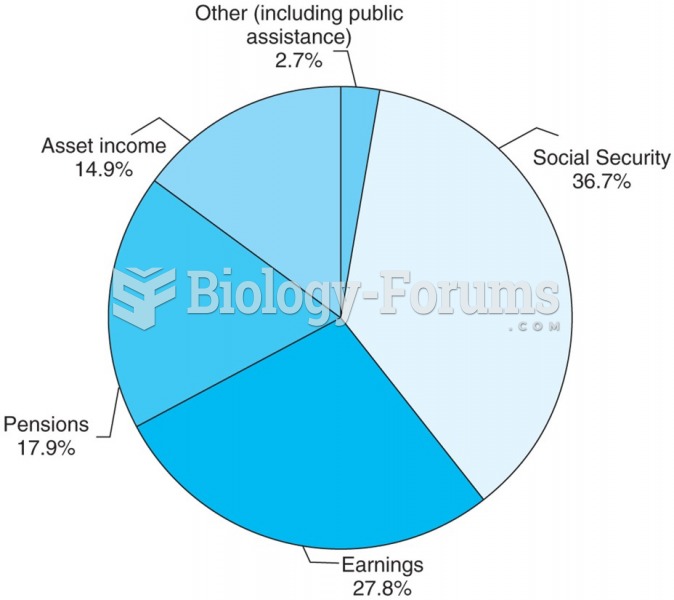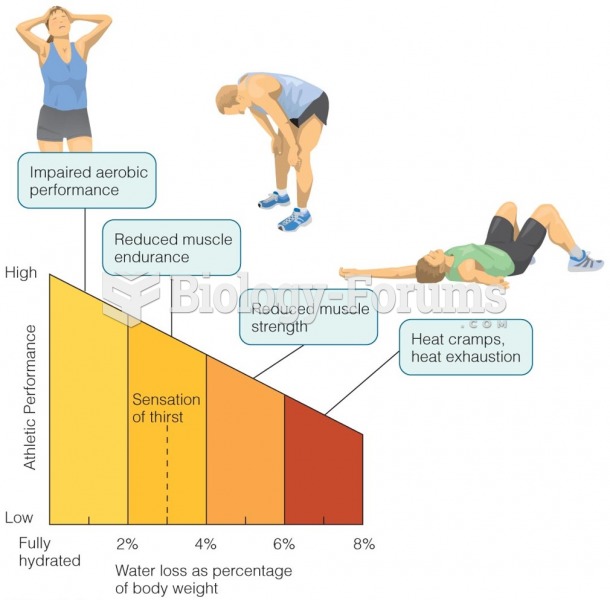Answer to Question 1
D
Answer to Question 2
Performance review meetings usually follow the sequence of steps below:
1. Explain the purpose of the meeting. The first step includes a description of the purpose of the meeting and the topics to be discussed.
2. Self-appraisal. This portion of the meeting allows the employee to provide his or her perspective regarding performance. The role of the supervisor is to listen to what the employee has to say and to summarize what he or she heard.
3. Share ratings and explain rationale. Next, the supervisor explains the rating he or she provided for each performance dimension and explains the reasons that led to each score. It is more effective to start with a discussion of the performance dimensions for which there is agreement between the employee's self-appraisal and the supervisor's appraisal. For areas for which there is disagreement between self and supervisor ratings, the supervisor must take great care in discussing the reason for his or her rating and provide specific examples and evidence to support the score given. For dimensions for which the score is low, there should be a discussion of the possible causes for poor performance.
4. Developmental discussion. Now the supervisor and the employee should discuss and agree on the developmental steps that will be taken to improve performance in the future.
5. Employee summary. Next, the employee should summarize, in his or her own words, the main conclusions of the meeting: what performance dimensions are satisfactory, which need improvement, and how improvement will be achieved.
6. Rewards discussion. The supervisor should explain the rules used to allocate rewards and how the employee would be able to reach higher rewards levels as a consequence of future performance improvement.
7. Follow-up meeting. Before the meeting is over, it is important to schedule the next performance-related formal meeting.
8. Approval and appeals process discussion. Finally, the supervisor asks the employee to sign the form to attest that the evaluation has been discussed. In addition, if disagreements about ratings have not been resolved, the supervisor should remind the employee of the appeals process.
9. Final recap. Finally, the supervisor summarizes what happened during the review period in terms of performance levels in the various dimensions, reviews how rewards will change based on this level of performance, and sums up what the employee will need to do in the next year to maintain and enhance performance.







